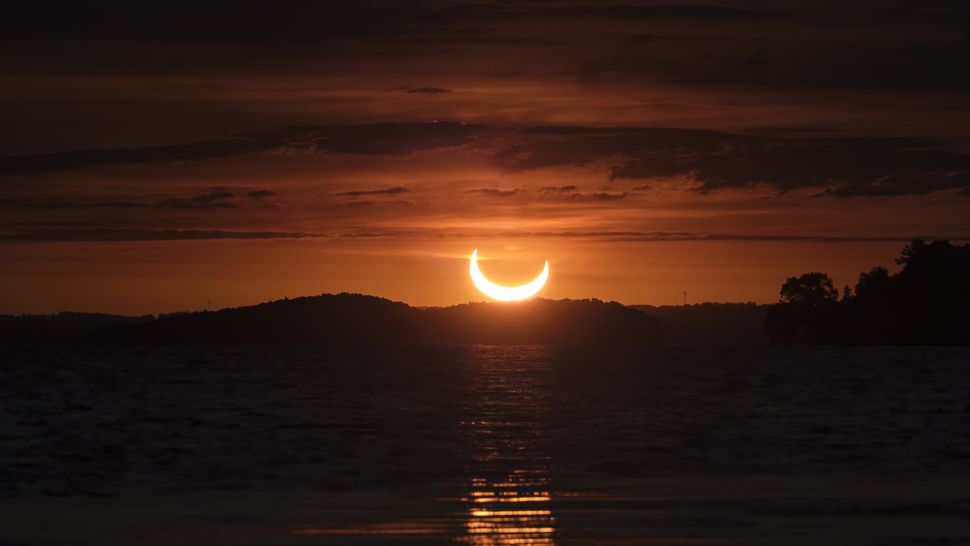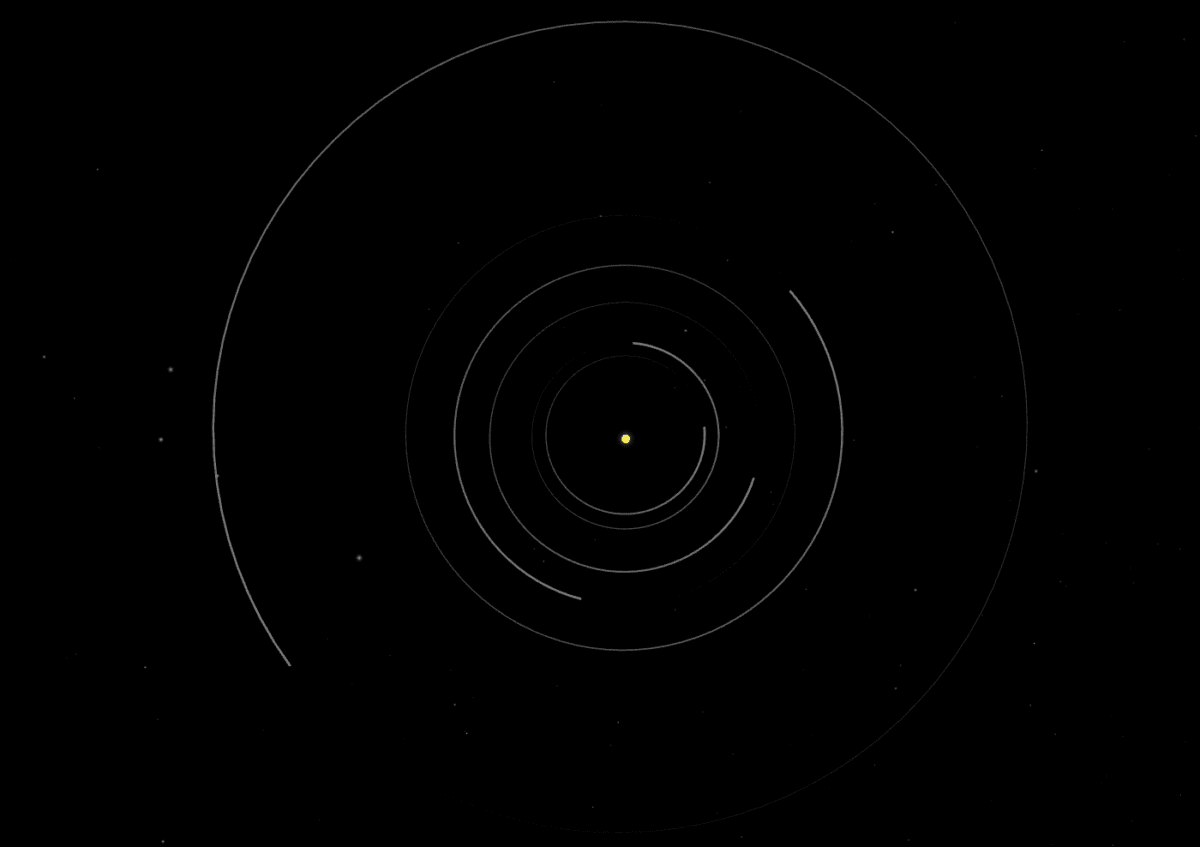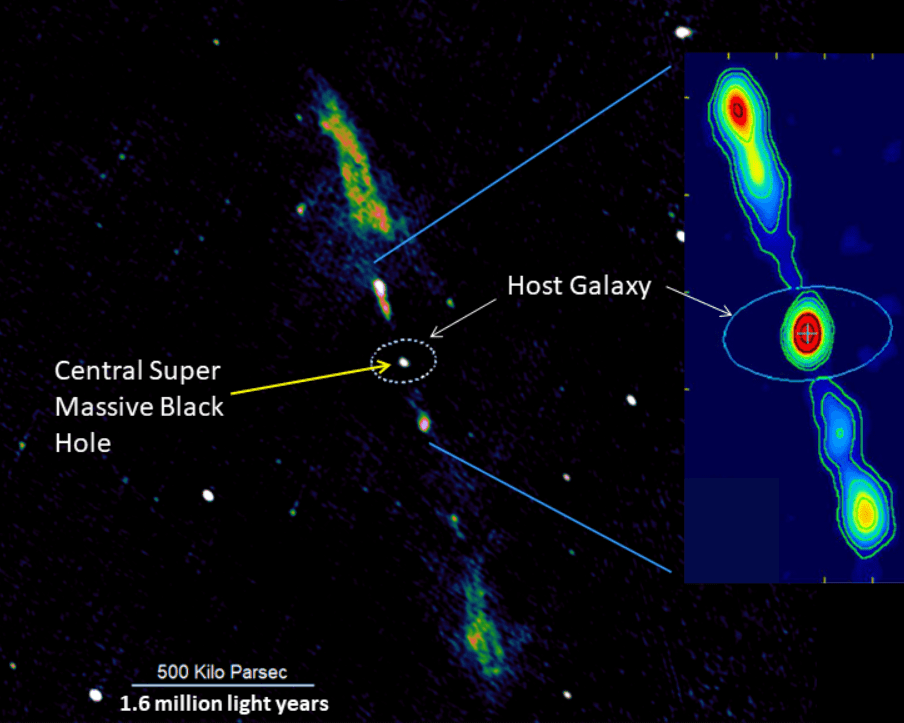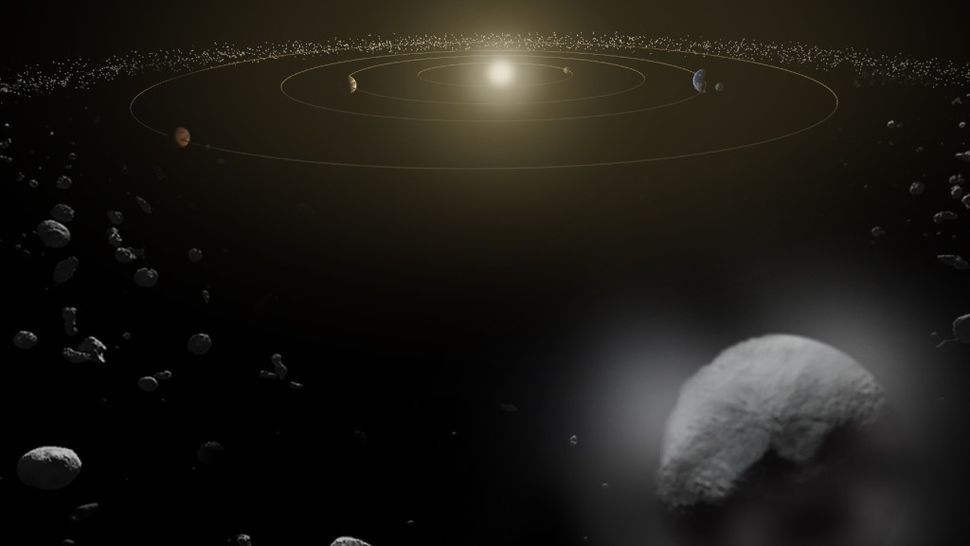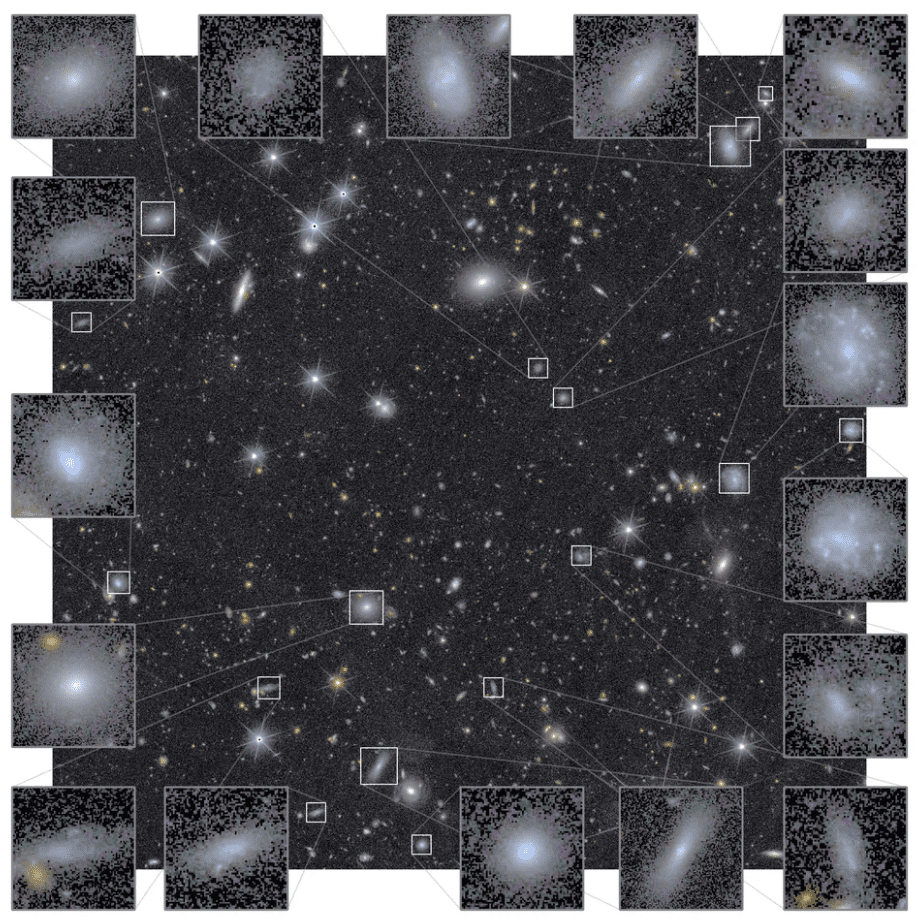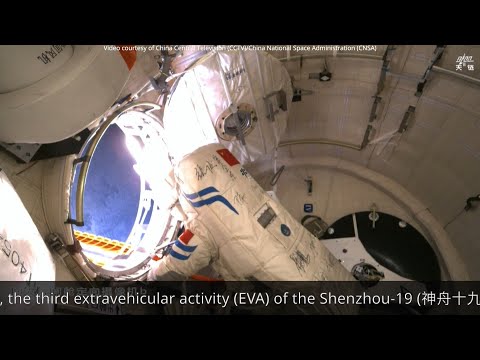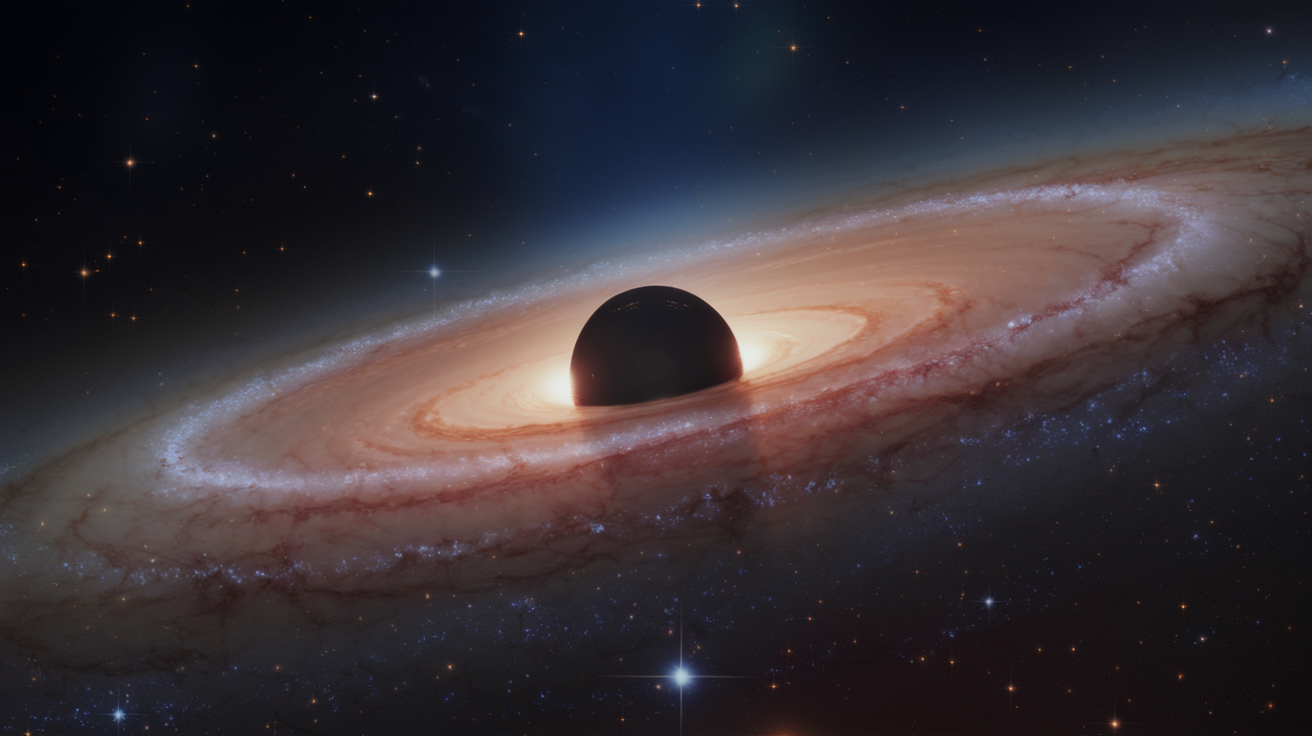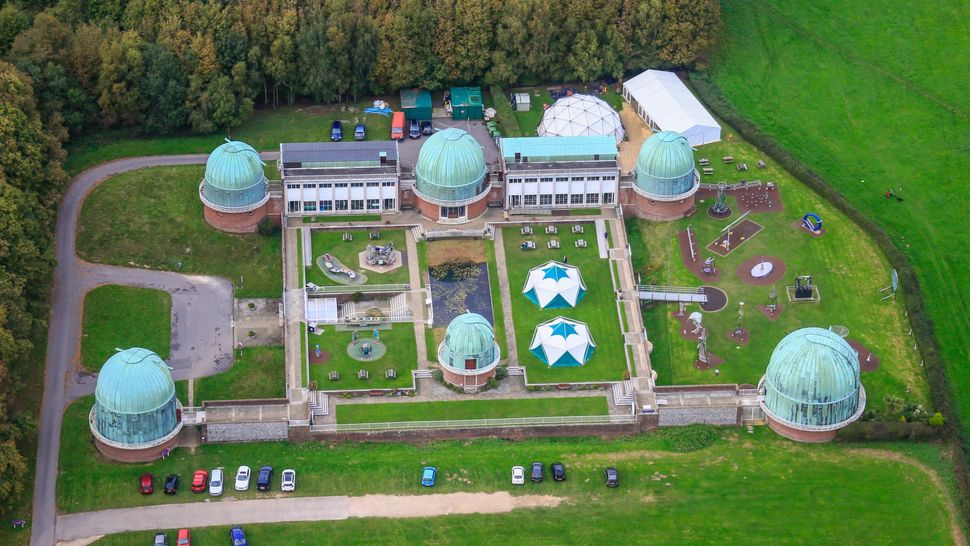Why a Hypersonics Expert Urges Increased U.S. Investment
What Are Hypersonic Weapons and Why Do They Matter? Hypersonic weapons travel at speeds exceeding Mach 5, or over 3,800 mph. Unlike traditional missiles, they can maneuver mid-flight, making them difficult to detect and intercept. This combination of speed and agility poses a significant challenge to existing defense systems. The U.S. has been developing hypersonic … Read more

